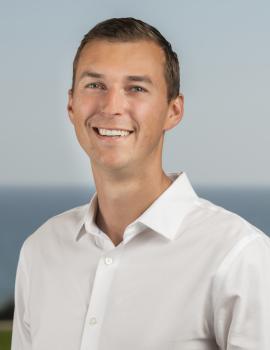
Groundwater may be out of sight, but for over 100 million Americans who rely on it for their lives and livelihoods it’s anything but out of mind. Unfortunately, wells are going dry and scientists are just beginning to understand the complex landscape of groundwater use.
Now, researchers at UC Santa Barbara have published the first comprehensive account of groundwater wells across the contiguous United States. They analyzed data from nearly 12 million wells throughout the country in records stretching back decades. Their findings appear in the journal Nature Sustainability.
In tackling the work, Debra Perrone and Scott Jasechko had a number of different questions about groundwater usage they wanted to address. First they set out to determine both where in the country wells are located and what purposes they serve — domestic, industrial or agricultural. They also wanted to track the depths of wells in different areas and test to see if wells are being drilled deeper over time.
Focusing on regions known to depend on groundwater, such as California’s Central Valley, the pair collected a wealth of information about different types of wells across the country. Groundwater is generally a matter of state management, so they had to cull their data from a variety of sources. “[That was] one of the biggest hurdles,” said Perrone, an assistant professor in UC Santa Barbara’s environmental studies department.
“It took us about four years to collect and quality-assure all these data sources,” added Jasechko, an assistant professor at the Bren School.
Scientists know that groundwater depletion is causing some wells to run dry. Where conditions are right, drilling new and deeper wells can stave off this issue, for those who can afford it. Indeed, Perrone and Jasechko found that new wells are getting deeper between 1.4 and 9.2 times as often as they are being drilled shallower.
What’s more, the researchers found that 79% of areas they looked at showed well-deepening trends across a window spanning 1950 to 2015. Hotspots of this activity include California’s Central Valley, the High Plains of southwestern Kansas, and the Atlantic Coastal Plain, among other regions.
“We were surprised how widespread deeper well drilling is,” Jasechko said. News media had documented the trend in places like the Central Valley, but it is pervasive in many other parts of the country as well. This includes places like Iowa, where groundwater hasn’t been studied as intensively, he noted.
Read the full story at: The UCSB Current
Credit: Harrison Tasoff




